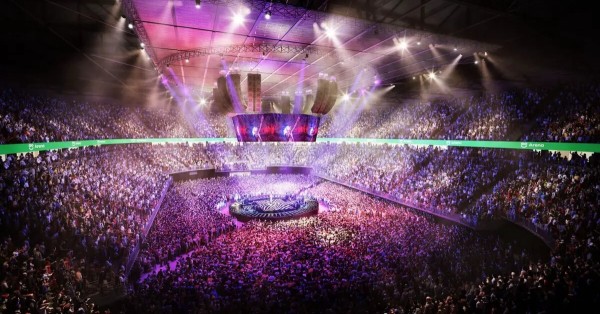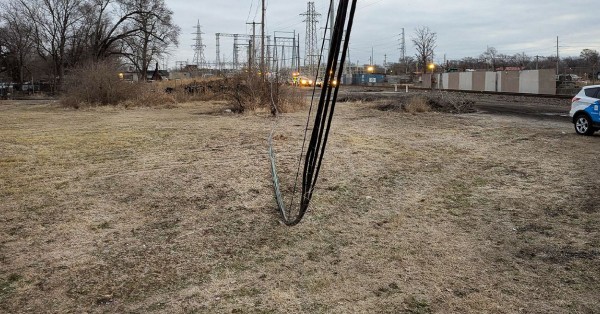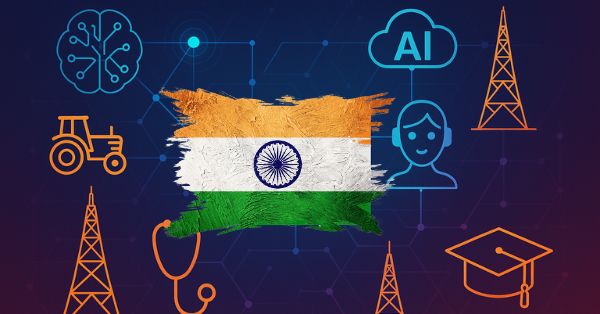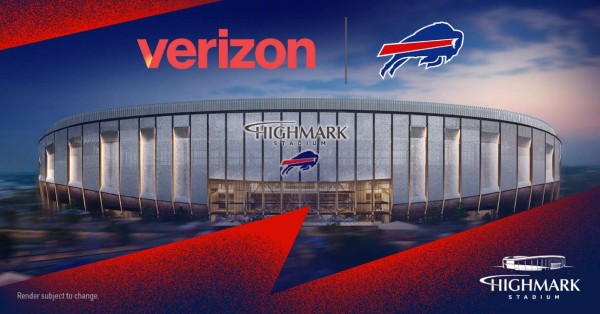- Tech News & Insight
- December 9, 2025
- Melanie Williams
SCF (Small Cell Forum) has published a new report exploring how proven small cell design principles and open interfaces can help the ecosystem overcome some of the challenges facing emerging 5G Non-Terrestrial Networks (NTNs), particularly regenerative LEO satellite systems. The paper, Small Cells and Non-Terrestrial Networks: Common Challenges and Common





























